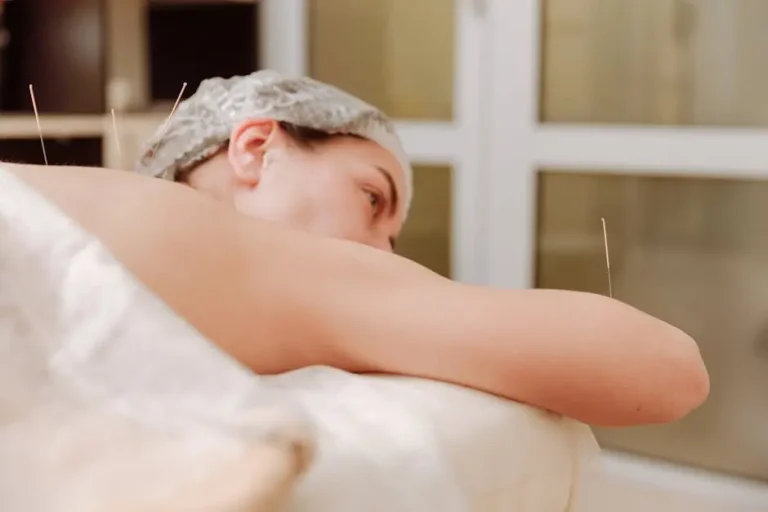7 Essential Tips for Athletes Using Acupuncture Needles for Pain Management
Acupuncture is not just an ancient practice reserved for stress relief and wellness anymore. For athletes, it’s becoming a go-to method for managing pain and improving recovery times naturally. This guide will walk you through essential tips for using acupuncture needles effectively and safely in your athletic journey.
1. Understand the Basics of Acupuncture
Before diving into acupuncture as a pain management tool, it’s crucial to understand its fundamental principles. Acupuncture involves inserting thin needles into specific points on the body to stimulate energy flow and promote healing. These points are often located along meridians, which are pathways believed to conduct vital energy—or qi—throughout the body. The stimulation of these points is thought to correct imbalances in qi, leading to improved health and well-being.
The traditional Chinese medicine approach considers the body as a whole, emphasizing the interconnectedness of systems. For athletes, this means that addressing one specific pain point via acupuncture could potentially improve overall performance and speed up recovery. It’s not merely about symptom relief, but about optimizing the body’s function. For those new to this practice, it’s fascinating to learn how such a simple method can have wide-ranging effects on the body.
2. Consult with a Qualified Acupuncturist
Finding a qualified acupuncturist experienced in treating athletes is essential. A professional acupuncturist will not only tailor the treatment to suit your individual athletic needs, but they’re also able to explain the process in a way that’s easy to understand, demystifying any concerns you might have. During your initial session, query their experience with sports injuries and what their typical treatment plan looks like for someone with your training background. This discussion is important for establishing trust and confidence in the procedure.
Furthermore, a skilled acupuncturist can seamlessly integrate acupuncture with other therapies you might be pursuing. Acupuncturists often work closely with physiotherapists or sports massage therapists to develop a comprehensive treatment plan. This collaboration can significantly amplify results, as each modality complements the other, providing a more rounded approach to injury prevention and pain management.
3. Communicate Your Pain Points Clearly
Be open and honest with your acupuncturist about where you’re experiencing pain. Clear communication helps in identifying the right acupuncture points and enhancing the effectiveness of the treatment. Share detailed descriptions of symptoms, such as when they occur, their intensity, and any movements that exacerbate the pain. Detailed information helps your practitioner hone in on the specifics and adjust the treatment according to your unique needs. This ensures each session is optimized for your recovery or performance goals.
An understanding of your pain can also initiate a conversation about lifestyle factors or training practices that may be contributing to your issues. An acupuncturist armed with this comprehensive overview can provide recommendations or alterations to boost your training regimen’s effectiveness while mitigating injury risks.
4. Incorporate Acupuncture into Your Regular Routine
Consistency is key. Regular sessions can help manage pain more effectively and possibly improve athletic performance by addressing chronic issues over time. Rather than using acupuncture only in response to injury, incorporating it into your regular routine can serve as a preventative measure. Consider scheduling appointments around your high-intensity training sessions or competitive events. This strategic integration helps manage the stress and strain accumulated from those activities, facilitating faster recovery.
Making acupuncture a consistent part of your routine can also help in monitoring your body’s responses under varying workloads. Over time, this proactive approach can lead to fewer injuries, reduced downtime, and overall improved body harmony—essential elements for any aspiring athlete. Remember to coordinate your acupuncture schedule with other treatments to maximize the synergy between various therapies.
5. Combine With Complementary Therapies
Working with a team of healthcare providers can create an integrated treatment plan that accommodates both immediate recovery needs and long-term performance goals. This multidisciplinary approach not only enhances recovery but also supports a more sustainable athletic career. Consult with each professional involved to harmonize their efforts, ensuring seamless integration of treatments.
6. Stay Informed About the Latest Research
Staying updated on the latest research in acupuncture can provide insights into advanced techniques and benefits, helping you make informed decisions about your treatment plan. With the growing interest in acupuncture among athletes, new findings are continually emerging. These findings frequently offer strategies and evidence that can guide you to refine your current practices. Consider subscribing to relevant journals or online platforms that disseminate current acupuncture studies.
Engagement in the latest findings can also empower you to discuss your treatment options more comprehensively with your acupuncturist. When armed with current knowledge, you can make active decisions about the direction of your therapy—optimizing outcomes in line with the best-available evidence.
7. Listen to Your Body
It’s important to pay attention to how your body responds to acupuncture. Adjustments might be necessary based on your body’s reactions and changing athletic needs. If you notice heightened sensitivity or minimal improvements, communicate this with your acupuncturist. Awareness of your body’s signals will lead to a more refined approach to your sessions, ensuring every acupuncture treatment is as effective as possible.
Listening to your body is not only essential for undergoing acupuncture but should be integral to your entire training regimen. Monitoring response to treatments and tailoring subsequent approaches can generate greater harmony between recovery methods and athletic demands, ultimately supporting enduring success in sports.








